Having made the personal choice to change to a plant-based (vegan) diet four years previously, our decision to travel South America in a camper van brought with it plenty of dietary-related challenges and concerns. The most common asked questions were always:
- How would I get enough vitamins and nutrients?
- How would I get enough protein?
Before answering, I think it is pertinent to briefly detail the transition I made to a plant-based diet back in 2019. While I ate plenty of meat growing up, I had naturally drifted towards eating fully plant-based, before making the decision not to eat any meat or dairy products. This adjustment involved replacing some of these products with legumes, tofu, tempeh or other similar products, which would ensure that I was replacing one source of protein and vitamins with others. Ever since I made this dietary change, I have enjoyed increased energy levels, less muscular pain and none of the uncomfortable fullness I often felt after a heavy meat meal.
So it is with this background that I went about alleviating the concerns of those around me, and any questions I had myself as to how I would manage a plant-based diet on the trip.
Since beginning our trip, I can confirm a few things about some of the countries we have visited:
- Argentina, Chile and Uruguay are meat obsessed.
- Bolivia and Peru serve most meals with chicken.
- The only meals without chicken in Bolivia and Peru are those served with guinea pigs (yes this is a thing there).
- Colombia puts cheese in everything (with breads and chocolate being two of their favoured destinations!).
- Eggs are served with most meals in all countries.
- Ecuador has the best tasting chocolate of any country I have ever visited.
So on the face of it, you might think that this year has been a constant struggle leading to general food-related misery. Well I am glad to confirm that this has absolutely not been the case!
While there have of course been instances when getting the food I have wanted/needed has been difficult, there has always been a solution. This could have been a kind chef who cooked me something off the menu, or a helpful waitress who amended the daily menu to fill my plate with extra beans, rice or potatoes.
But the real way I have ensured my dietary requirements are met is the fact that are in control of the food that comes into our home. The huge benefit of travelling in a camper van is that it allows you to buy the food you want, store the food you want, prepare the food you want, and of course cook and eat the food that you want. It really is that simple.
Yes there have been towns and villages where getting some of the protein sources I prefer has been more challenging. Some countries are absolutely more developed in terms of catering for plant-based requirements (Chile and Uruguay would be two that spring to mind). But there has always been a solution to my requirements, and in reality without too much fuss.
It should also be noted that the larger cities we have visited such as Santiago, Buenos Aires, Montevideo, Sucre, Lima and Bogota have thriving plant-based gastro scenes. Amazing restaurants and cafes offering plant-based dishes line many of these cities, while their larger supermarkets also offer plenty by way of options for such diet preferences. If looking to supplement a plant-based diet here, there are also plenty of health-food shops offering a wide range of protein, vitamins and minerals at pretty competitive prices.
Every country we have been to has a thriving food market scene. Here you can purchase a plethora of fresh, delicious, natural fruit and vegetables, at prices that countries like Ireland and Spain could scarcely believe. Having our home, its few but very functional presses, and it’s triple gas-stove, has been an absolute must for me on this trip and has allowed me to enjoy this adventure.
So from my perspective, travelling in South America on a plant-based diet has been very manageable. It is something that has been very enjoyable in fact, as you get to taste many new fruits and vegetables of incredible flavour. Moreover, in many instances I have been lucky enough to realise what previously sampled foods such as avocados, oranges and bananas should really taste like!
Que Aproveche in South America!!
Click here to read the “Sustainability On The Road” blog post
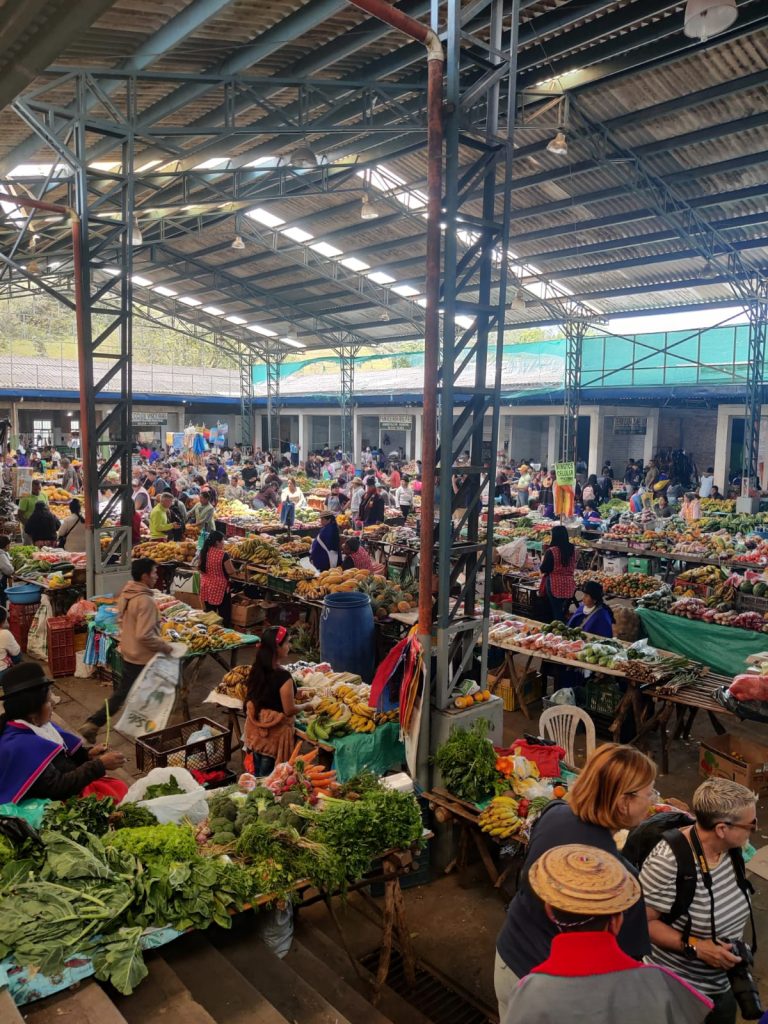
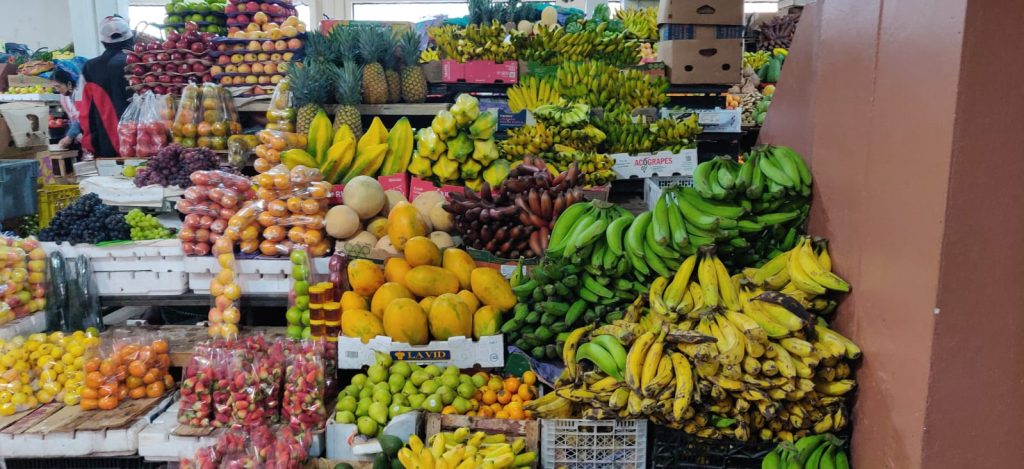
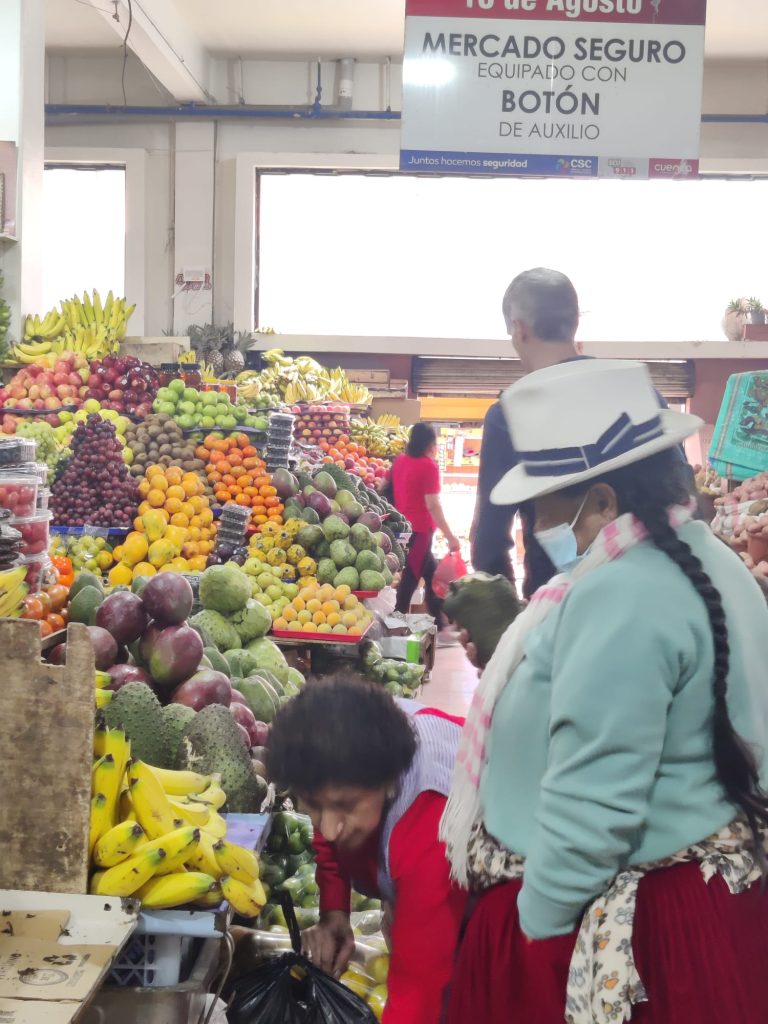
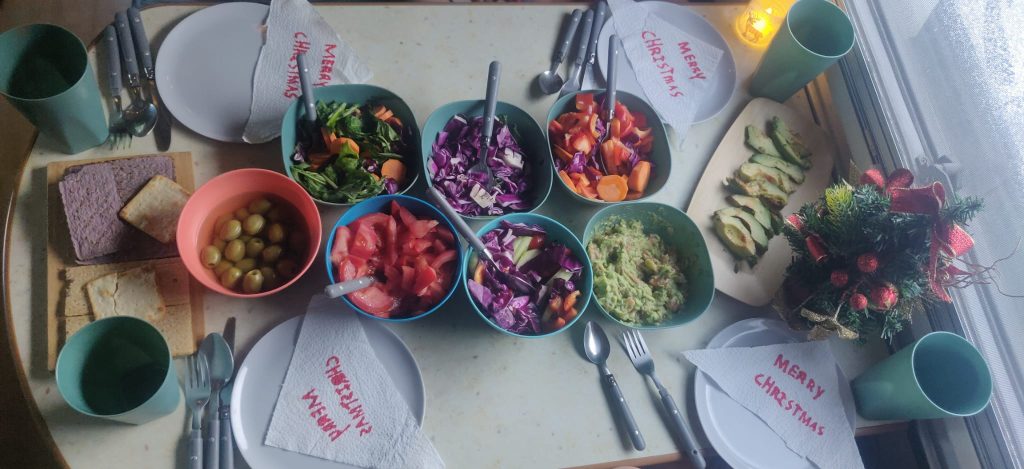
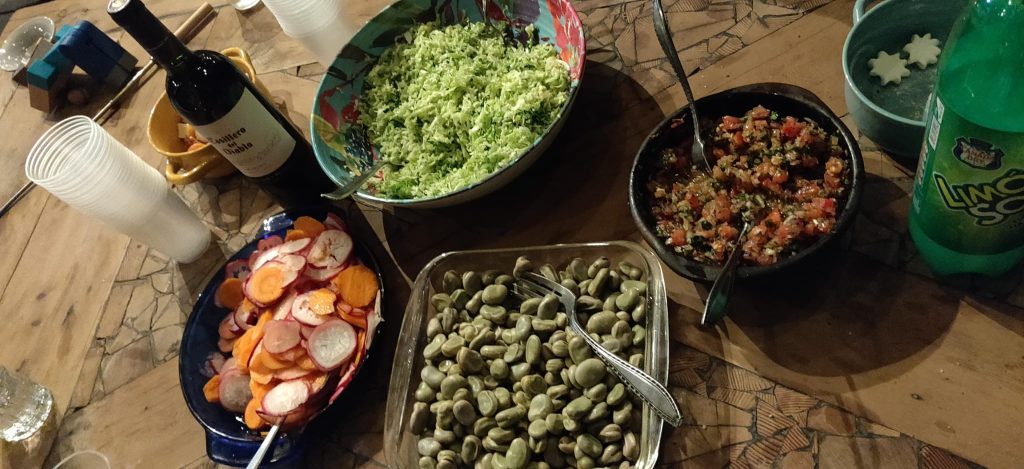
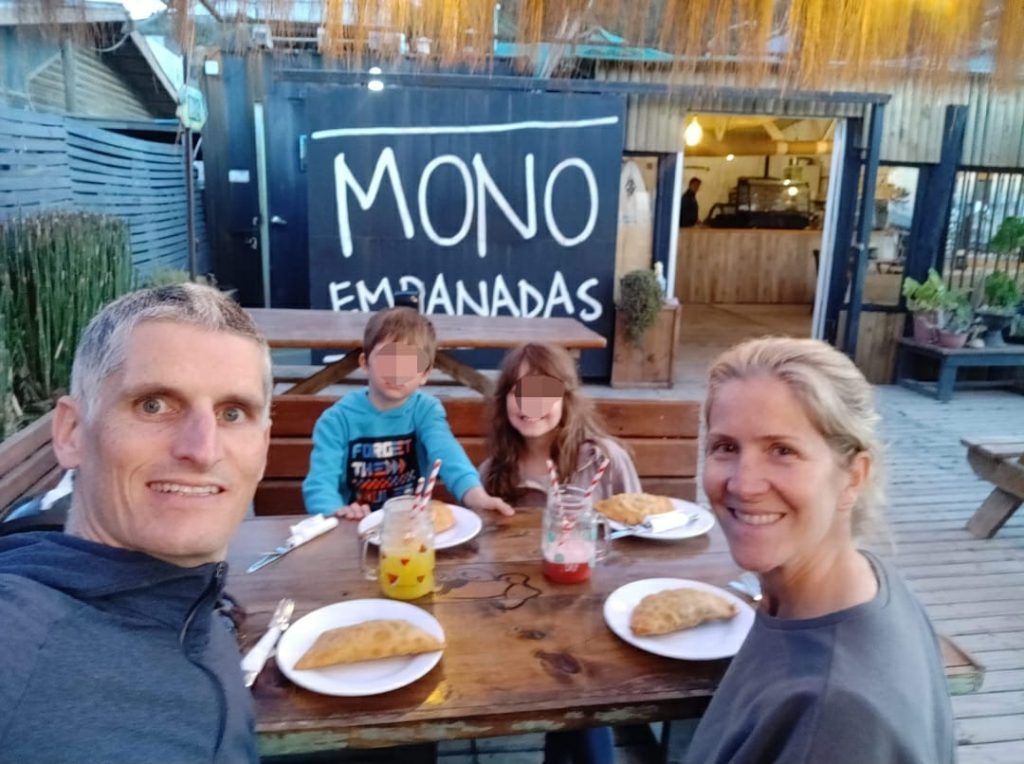
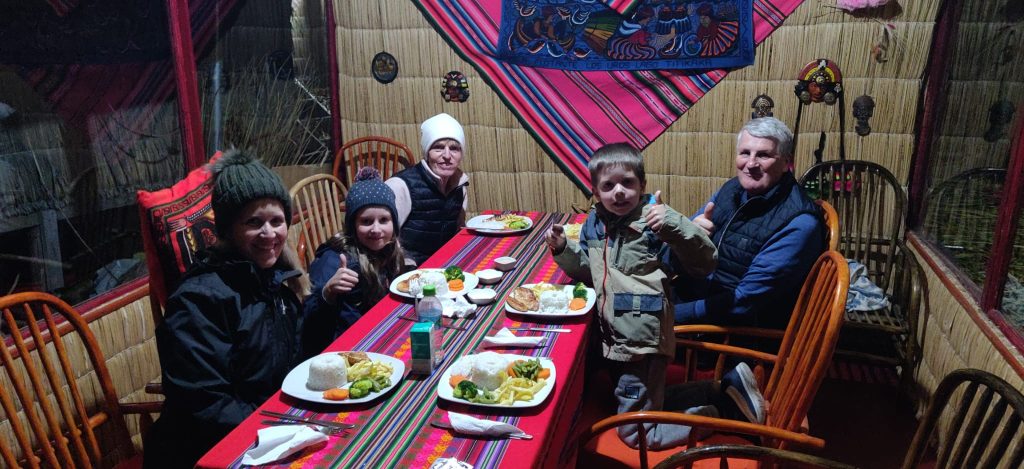
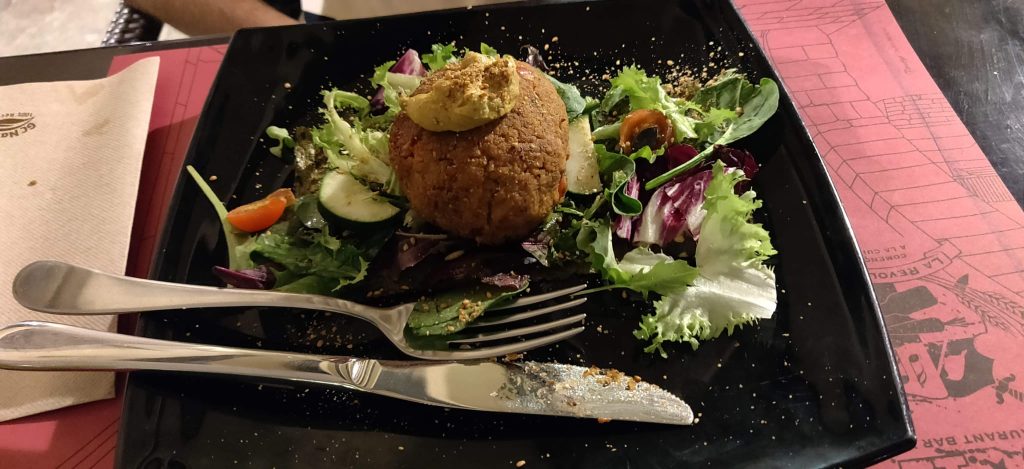

Leave a Reply